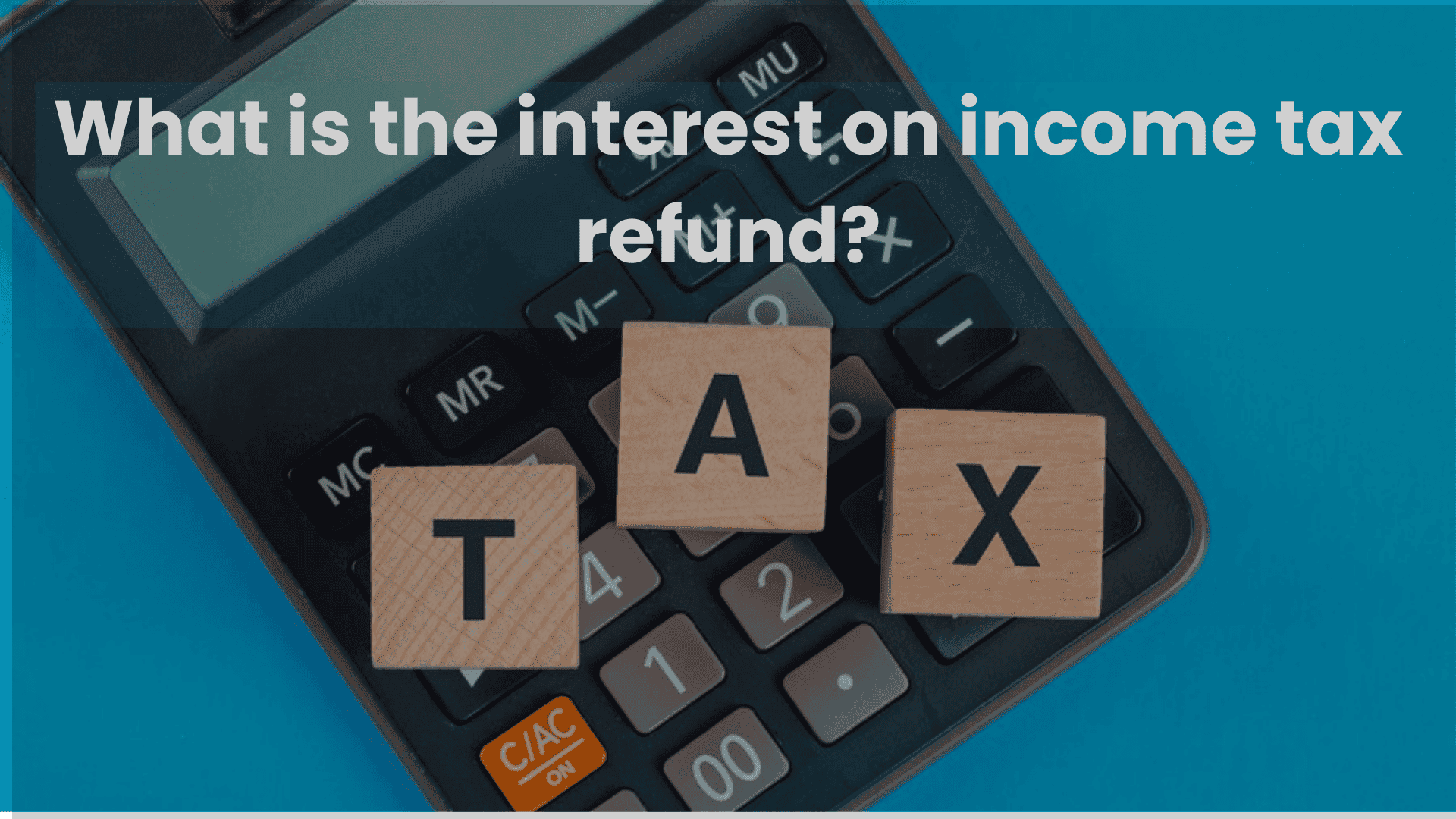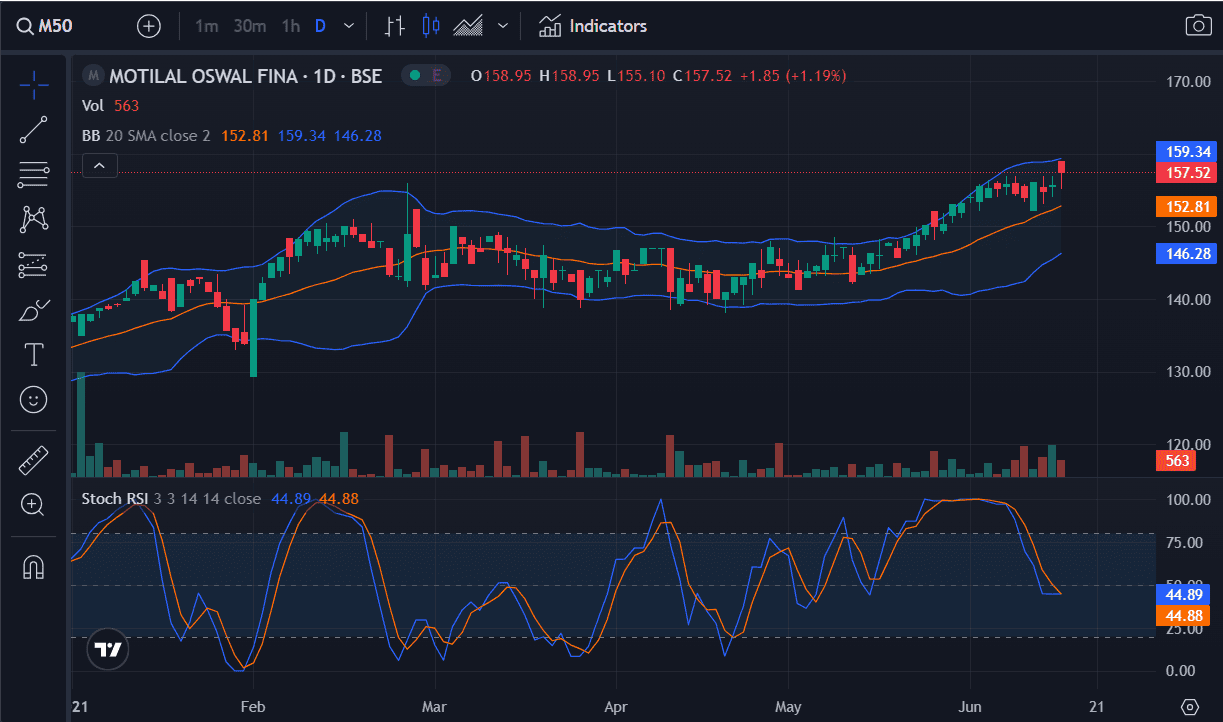What are Sovereign Gold Bonds (SGBs)?

What are Sovereign Gold Bonds (SGBs)?
Gold is one of the most revered precious metals in India. It finds a place in auspicious occasions, weddings and festivals. Beyond its cultural significance, the yellow metal also has significant value as an investment. The traditional mode of investing in the metal involves holding it in the form of physical jewellery, coins or bars. However, you can now choose to invest in gold through Sovereign Gold Bonds (SGBs).
Let us take a closer look at what SGBs are, their main features and benefits, and what you should know before investing in these bonds.
What are Sovereign Gold Bonds?
As the name indicates, Sovereign Gold Bonds are securities issued by the Reserve Bank of India (RBI) on behalf of the Indian government. They are denominated in grams of physical gold but can be held digitally in a dematerialised format. This makes them an excellent alternative for physical gold investments.
These bonds are issued in cash as a part of the Sovereign Gold Bond Scheme, which was introduced in India in November 2015. At maturity, they are also redeemed in cash, making it easy for investors to realise any potential gains from their holdings.
Key Features of the Sovereign Gold Bond Scheme
So, you now know what Sovereign Gold Bonds are, but before you invest in these government-backed securities, you need to know more about the characteristics of SGBs. The key features of Sovereign Gold Bonds include the following:
- Eligibility
Any person who is classified as a resident of India as per the Foreign Exchange Management Act, 1999 can invest in Sovereign Gold Bonds. This includes individuals, Hindu Undivided Families (HUFs), trusts, universities etc. Minors can also invest in SGBs, but the gold bond investment must be made by the minor’s guardian.
- Issue of Bonds
The RBI issues Sovereign Gold Bonds in tranches on behalf of the government. Once issued, the bonds can be traded on the stock exchanges like the National Stock Exchange (NSE) and the Bombay Stock Exchange (BSE).
- Application
If you are interested in gold bond investments, you can apply for SGBs in any of the following ways:
Through the bank issuing the SGBs
Through Stock Holding Corporation of India Limited (SHCIL)
Through designated post offices
Online through the websites of commercial banks
On the stock exchanges (in the second market)
- KYC Norms
Investing in Sovereign Gold Bonds also means that you need to fulfil the Know Your Customer (KYC) norms. To do this, you need to submit copies of your identity and address proofs like PAN, Aadhaar, passport, driving license, or voter ID.
- Allotment
Any eligible investor who submits the valid paperwork for identification and makes the investment within the time specified can be assured of allotment.
- Denomination
Securities issued under the Sovereign Gold Bond Scheme are available to investors in grams of gold. Each bond’s value is expressed in multiples of one gram of the precious metal.
- Investment Limits
Gold bond investments have minimum and maximum limits. The minimum amount of investment that any eligible person can make is 1 gram. The maximum amount of SGB investment allowed depends on the nature of the person, as follows:
Individuals and HUFs: 4 kilograms allowed per investor
Trusts, universities, and other eligible persons: 20 kilograms per investor
- Interest Rate on SGBs
If you have invested in the Sovereign Gold Bond Scheme, you will earn interest on your holdings at 2.5% per annum. The interest is credited out twice a year directly to the bank account shared at the time of making the gold bond investments.
- Tenure of Bonds
Each Sovereign Gold Bond has a maturity period of 8 years. However, you can redeem your investments after the fifth year from the issue date. Such redemption is only allowed on the interest or coupon payout dates. That said, SGBs can be traded on the exchanges at any time during business hours and transferred to other eligible investors.
- Loan Against SGBs
Your SGB holdings can be pledged as collateral for any loan availed from banks, NBFCs and other financial institutions. The loan-to-value (LTV) ratio for such loans will be the same as the LTV that applies to loans where you pledge physical gold — because these gold bonds are considered direct substitutes for the precious metal.
- Redemption
Sovereign Gold Bond investments will be redeemed in cash after 8 years from the issue date, at maturity. You can also redeem them prematurely after the fifth year, as mentioned above. The price at which these bonds are redeemed depends on the simple average of the gold closing prices on the 3 previous business days. For this purpose, gold of 999 purity is considered.
- Taxation
Interest received on SGBs is taxable at the income tax slab rate applicable to you. Indexation benefits are available on the long-term capital gains (LTCG) earned on the transfer of your bonds to another investor. Meanwhile, LTCG on redemption is exempt from tax.
Top Reasons to Invest in Sovereign Gold Bonds
Now that you know the key features of the Sovereign Gold Bond Scheme, check out the top benefits that make SGBs popular among investors looking to invest in gold.
- Improved safety and security due to demat holdings
- Assured interest payments twice a year
- No making charges and no storage costs
- Improved liquidity as they can be traded on the exchanges
- Option to avail loans against the bond value
Things to Keep in Mind About Investing in SGBs
Before you make any Sovereign Gold Bond investments, you should also be aware of the following aspects of these securities.
- Inverse correlation to the stock market
- Vulnerability to fluctuations in the currency
- Potential capital losses if the price of gold declines over the investment tenure
Conclusion
This sums up the fundamental features and benefits of Sovereign Gold Bonds. Now that you know all about SGB investments and what you should keep in mind before you begin, it is easier to make an informed choice. If you do decide to invest in Sovereign Gold Bonds, ensure that you hold your securities in the demat format for maximum benefits.
Related Blogs
View moreBlogs
View more-

-
 Temp110 Jul, 2025 16:00pm
Temp110 Jul, 2025 16:00pm -
 test test 1010 Jul, 2025 01:00am
test test 1010 Jul, 2025 01:00am -
 What happens after a company gets delisted?09 Jul, 2025 22:04pm
What happens after a company gets delisted?09 Jul, 2025 22:04pm -
 What Is Industry Analysis and How To Do It?09 Jul, 2025 21:55pm
What Is Industry Analysis and How To Do It?09 Jul, 2025 21:55pm -
 Advantages and Disadvantages of Online Trading09 Jul, 2025 21:50pm
Advantages and Disadvantages of Online Trading09 Jul, 2025 21:50pm -
 Key Insights from Q4 FY24 Earnings for Indian Stock Markets & Sectors09 Jul, 2025 21:04pm
Key Insights from Q4 FY24 Earnings for Indian Stock Markets & Sectors09 Jul, 2025 21:04pm -
 What is Beta in Stock Market?09 Jul, 2025 20:58pm
What is Beta in Stock Market?09 Jul, 2025 20:58pm












